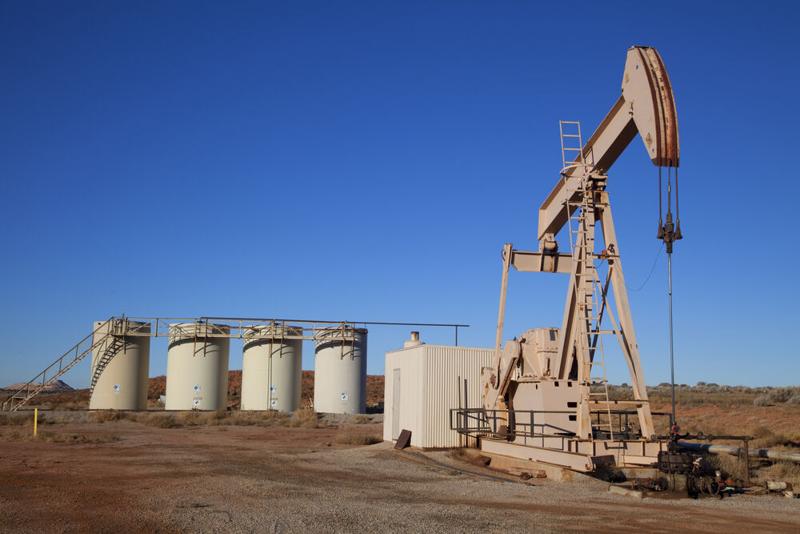(The Center Square) – West Texas oil and natural gas companies are leading the way to a cleaner energy future, Texans for Natural Gas (TNG), an educational campaign of the Texas Independent Producers and Royalty Owners Association (TIPRO), argues.
In a new report, “Permian Basin producers: charting a cleaner energy future 2023,” TNG highlights how Texas producers have reduced methane emissions through ingenuity and advanced technologies, confirming several findings published earlier this year.
The Texas industry has “led a decade-long downward trend in methane intensity—reaching a record low of 0.12% in 2022 while simultaneously reaching record production levels,” the report states. “2023 was a remarkable year for Texas oil and gas producers. From breaking production records to innovations to reduce environmental impacts, our operations are a testament to the promising future of oil and gas,” TNG says.
From 2011 to 2021, methane emissions intensity in the Permian Basin fell by more than 76% as production increased by over 345%, The Center Square first reported earlier this year. “Methane intensity is the leading industry standard used to calculate methane and flaring emissions. amount of methane emitted, as defined by carbon dioxide equivalents, for every barrel of oil equivalent of oil and gas produced,” TNG explains.
Emissions intensity is measured by the amount of methane emitted or flared equivalent to a produced barrel of oil. Flaring is the process that relieves pressure from the pipeline by burning natural gas, which then releases carbon dioxide and water into the atmosphere. Unburned natural gas, or methane, released into the atmosphere is known as “fugitive emissions,” a greenhouse gas. Disagreement exists over whether carbon dioxide is a greenhouse gas. The C02 Coalition argues it isn’t, whereas the EPA argues it is, for example.
The Permian Basin accounts for nearly 40% of all oil production and nearly 15% of natural gas production in the U.S. It covers over 86,000 square miles – roughly 10 times the size of New Jersey. Roughly 250 miles wide and 300 miles long, it has more than 7,000 fields.
Four of the most productive oil and natural gas counties in the U.S. are in west Texas in the Permian Basin, The Center Square previously reported. Unlike other states where oil and natural gas companies operate on federal land, beholden to federal leasing policies, the majority of Texas production is on private land.
As the Biden administration halted or slow-walked federal permit and lease approvals as part of its stated plan to eliminate fossil fuels, Texas took countermeasures. Gov. Greg Abbott and the Texas legislature implemented policies to support production; the Texas agency responsible for issuing permits remained bullish while also enforcing safety regulations.
Meanwhile, Texas producers continued to “set global standards for responsible and sustainable energy production,” TIPRO president and TNG spokesperson Ed Longanecker said. “Through collaborative efforts, the industry has implemented technology and operational best practices to achieve substantial progress and advancements in mitigating methane emissions across the energy value chain. The Permian Basin’s success in reaching some of the lowest methane intensity rates in the world exemplifies the region’s commitment to environmental stewardship.”
One key finding of the report is that as production increased in the Permian Basin, methane intensity decreased. Methane emissions intensity fell nearly 85% between 2011 and 2022 as total oil and gas production increased by over 416% over the same time period.
Flaring intensity in the Permian Basin also decreased by 4.5% from 2021 to 2022 and by nearly 66% since record flaring was reported in 2019, according to the analysis.
The Permian Basin also stood “apart from other global producers not only because of its prolific production,” the report argues, but because it remained “well below the flaring intensity of other global producers.” According to 2022 data, flaring intensity was 915% higher in Russia and 242% higher in Venezuela than it was in the Permian Basin.
Of the top 10 countries by flared volumes, the U.S. made the most progress in reducing its emissions; flared volumes decreased nearly 54% from 2019 to 2022, the report found.
Overall, the U.S. oil and natural gas industry invested more than $300 billion in technologies to mitigate greenhouse gas emissions over the last 20 years, the report states. One technology includes Satelytics, which produces geospatial analytics to identify and measure emissions across the basin. Drones access difficult-to-reach areas; fixed cameras and sensors enable continuous surveillance.
The Environmental Partnership reported earlier this year that American companies “remain committed to reducing methane emissions within their operations through innovative facility design, improvements in operational practices and procedures, advancements in detecting and measuring emissions, and improved accuracy in data emissions reporting.” From 2011-2021, U.S. operators reduced methane emissions relative to production by 66% in the largest producing regions, the Partnership said.
Pointing to EPA data also showing national methane emissions declines, Mandi Risko with Energy In Depth, told The Center Square, “It is possible to have energy security and reduce emissions – a fact the U.S. oil and natural gas industry continues to demonstrate.”







